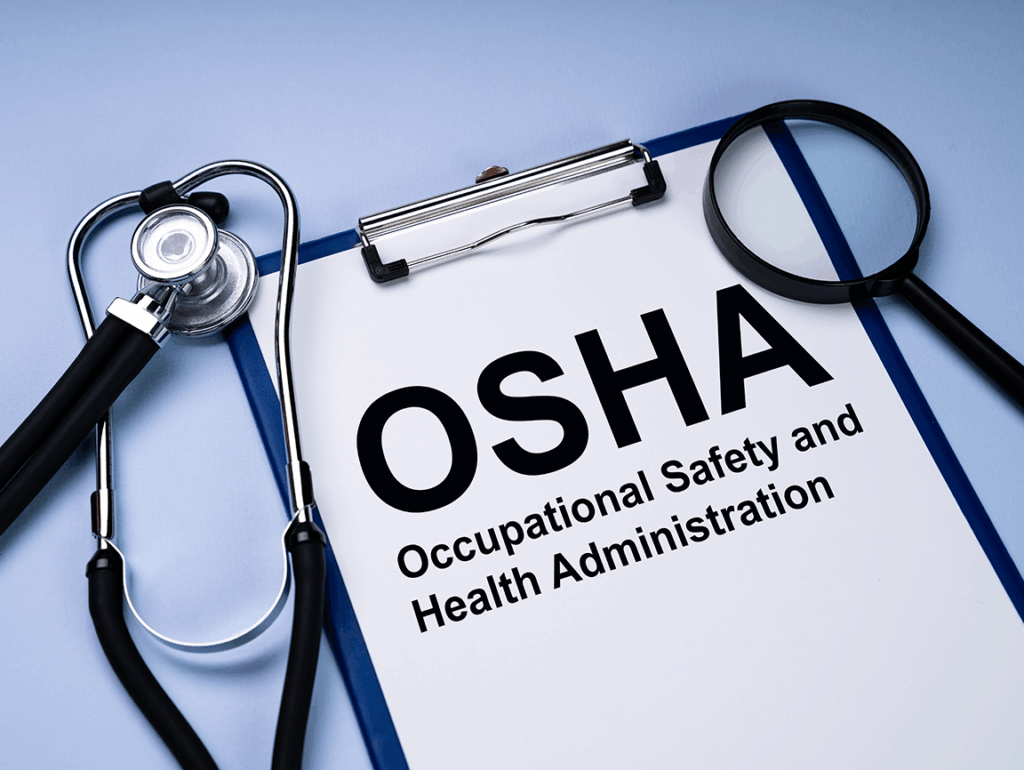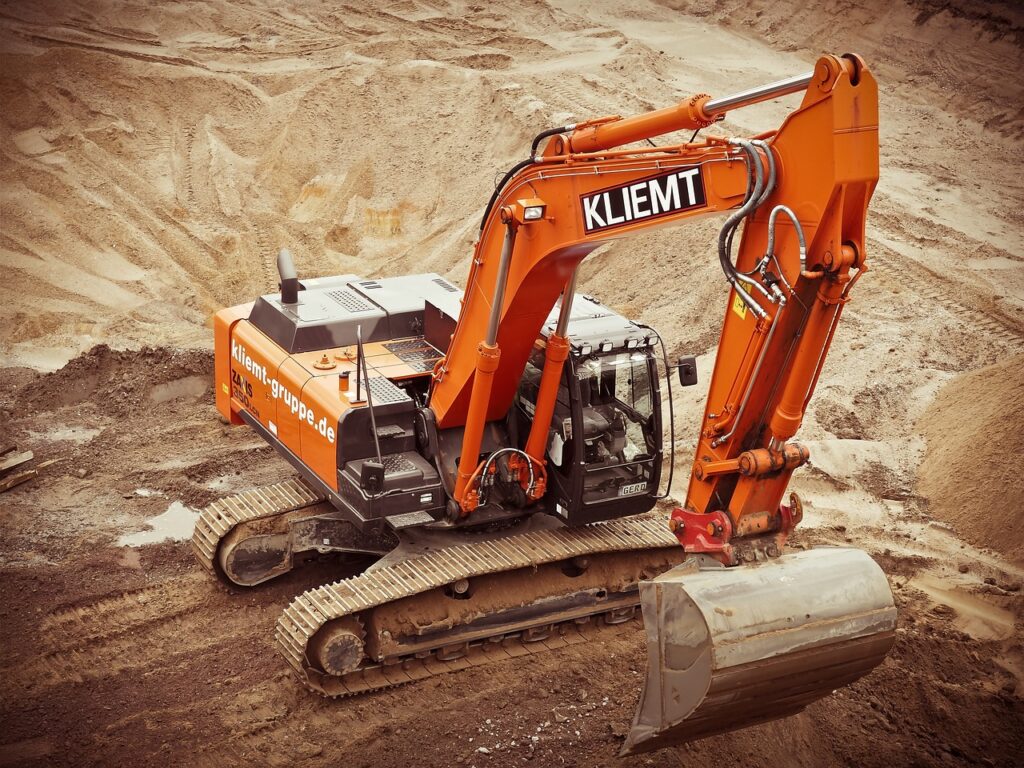Whether you’re managing a commercial job site or tackling a home improvement project, safety should always come first. When you rent equipment, it’s easy to assume the rental company handles all the regulations—but OSHA compliance is a shared responsibility.
Here’s what you need to know to stay on the right side of safety (and the law) when working with rented machinery.
What is OSHA?
OSHA stands for the Occupational Safety and Health Administration, a federal agency that sets and enforces workplace safety standards. Their regulations apply to most private sector employers and workers—including those using rented equipment.
Who’s Responsible for What?
The Rental Company Is Responsible For:
- Providing safe, well-maintained, and inspected equipment
- Ensuring safety decals, manuals, and operating instructions are included
- Informing you of known hazards
You (the Renter) Are Responsible For:
- Operating equipment according to OSHA standards
- Ensuring operators are trained and qualified
- Using proper safety gear (PPE)
- Performing daily safety checks and reporting issues
- Following job site-specific safety procedures
Common OSHA Violations Involving Rented Equipment
Avoiding these common infractions can help you steer clear of fines and injuries:
- Failure to train operators on forklifts, boom lifts, or excavators
- Missing or disabled safety features (e.g., backup alarms, rollover protection)
- Using equipment for unintended purposes
- Operating on unsafe terrain or incline
- Lack of proper fall protection or guardrails
What You Can Do to Stay Compliant
- Ask questions. If you’re not sure how to use a piece of equipment safely, ask. We can provide manuals, manufacturer guidance, and tips.
- Verify training. Only allow trained and competent workers to operate heavy machinery.
- Inspect daily. Do a walkaround inspection before each use to check for leaks, cracks, loose parts, and worn tires.
- Use the right gear. Helmets, gloves, goggles, harnesses—make sure your crew is properly equipped.
- Document everything. Keep records of inspections, maintenance, and training on file.
How We Help You Stay Safe
At [Your Company Name], we maintain our rental fleet to meet OSHA and manufacturer standards. We’ll always:
- Provide well-maintained, up-to-date equipment
- Include manuals and safety instructions
- Offer advice on best practices and safe usage
Your safety is our priority—if you ever have questions or need extra support, our team is here to help.
Final Word
Renting equipment doesn’t mean cutting corners on compliance. By understanding your responsibilities and choosing a rental partner that prioritizes safety, you can keep your team protected and your project running smoothly.
Need help finding OSHA-compliant equipment for your job?
Reach out to us today—we’ll help you rent with confidence.
OSHA Compliance Checklist for Rented Equipment
Use this checklist before and during your rental period to help ensure a safe, compliant job site.
Before Renting
- Identify the exact type of equipment needed for the task
- Confirm operator qualifications and training requirements
- Review job site conditions (terrain, overhead clearance, etc.)
- Request operator’s manual and safety instructions from the rental company
- Ask about required PPE (Personal Protective Equipment)
- Confirm transportation needs or arrange for delivery
Upon Receiving Equipment
- Perform a walkaround inspection:
- Check for leaks, damage, or wear
- Verify safety features (seat belts, backup alarms, rollover protection)
- Ensure decals, warning labels, and controls are readable
- Confirm that the operator’s manual is present
- Document the condition of equipment (photos recommended)
- Report any concerns or damage to the rental provider before use
During Use
- Only trained and authorized personnel operate the equipment
- Operators wear appropriate PPE (helmets, gloves, goggles, etc.)
- Equipment is used only for its intended purpose
- Daily pre-use inspections are performed and documented
- Maintain clear communication and signage on active job sites
- Follow all site-specific safety protocols
Before Returning
- Refuel equipment (if required per rental agreement)
- Clean equipment to avoid cleaning fees
- Remove any personal tools or materials
- Re-inspect and document condition before return
- Inform rental company of any issues experienced


